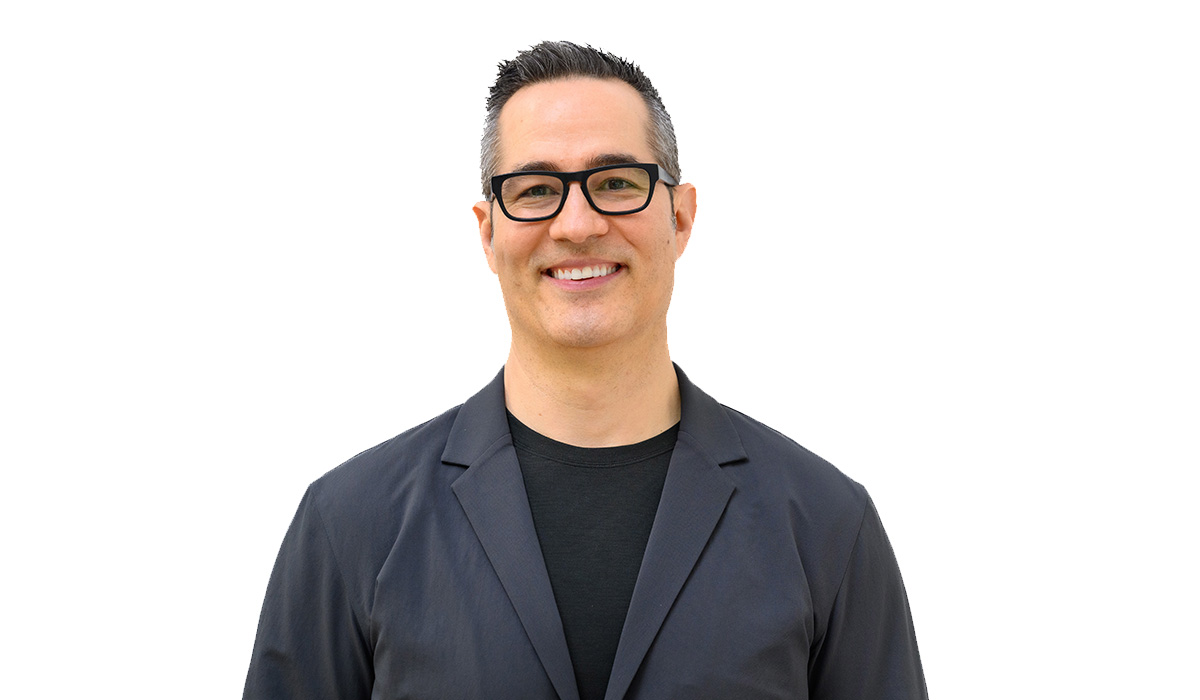Sean Esteban McCabe is a professor at the U-M School of Nursing and is director of the Center for the Study of Drugs, Alcohol, Smoking, and Health (DASH). Recently, he was the lead author on a study that looked at long-term outcomes for people with substance use disorder symptoms from adolescence through adulthood. Michigan Alum spoke with him about his work.
Did your study find that adolescents with substance use disorder symptoms were able to transition out of substance use as they grew older?
Our study found that greater than two in every five adolescents had multiple substance use disorder (SUD) symptoms and the majority of these adolescents continued to have multiple SUD symptoms in adulthood.
Most adults in your study who had SUD symptoms as adolescents were prescribed opioids or sedatives/tranquilizers. Why is that dangerous?
The fact that so many adults prescribed medications like benzodiazepines or opioids had SUD symptoms as adolescents is a grave public health concern because there is an increased risk of substance use problems associated with using any controlled substance with high misuse potential, even when prescribed by a health care provider.
What can the medical community do to address this problem?
The medical community can do a great deal to address this problem. For instance, health care providers should consider prescribing medications with less misuse potential and prescribing the appropriate amount of medications for the appropriate time period. Moreover, no patient should be prescribed a controlled medication without being screened for a substance use disorder. Screening adolescents and adults for SUD symptoms is one strategy that can help identify high-risk individuals. All patients, and their health care providers, should be educated on storage and disposal.
The true solution lies far beyond the medical community alone. For example, insurers have to be part of the solution by helping to cover the clinical time it takes for this type of patient education and these wrap around services. Everyone played a role in where we find ourselves as a country in terms of this problem and everyone can play a role in getting us to a better place.
As a professor, what is the biggest lesson you hope to impart to your students about your subject area?
There are currently over 20 million people in the U.S. with a SUD and more than 1 million drug overdose deaths in the past two decades. Our DASH Center team is examining strategies for keeping individuals with a history of SUD, or with a current SUD, safe when they are prescribed a controlled substance.
Based on our research, there are several important strategies that we recommend for clinical students. Providers should: remind your patients to tell their prescriber about the level of risk in the household; suggest that for all high-risk individuals (e.g., patients in recovery from SUD) a third-party gatekeeper manage the controlled medications in the household, including the use of a lockbox; monitor patients closely to make sure they have adequate support; and think broadly about the implications for the entire family when a patient has a SUD.
The DASH Center faculty are working on new programs like Camp Hope to serve the millions of children and families who have lost loved ones from drug overdoses. The goal is to provide enough support so that children—many who have lost a parent to a drug overdose—have the support they need to rebuild their lives. And finally, the biggest lessons I hope to impart is that each person should examine their relationship to substances, and what they believe about substance use. I encourage students and alumni to continue to lead in the substance use field—it is what will make a difference.





